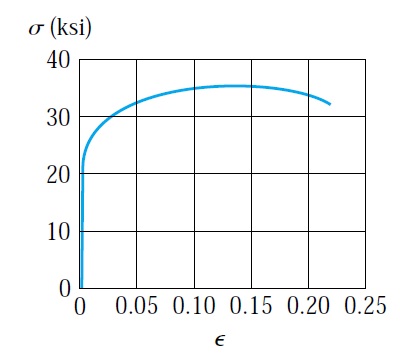lightweight Concrete
Lightweight concrete made simply by using lightweight aggregates. Lightweight aggregates are produced by expanding shale, clay, and slate. These aggregates are manufactured in high-temperature rotary klin. During the production, gas bubbles are formed inside the aggregates and remain after cooling. These bubbles will reduce the weight of aggregates without reducing strength.
Figure 1
The using of lightweight concrete is limited due to cost and durability concerns. Despite the limited use of lightweight concrete, many structures around the world are built using lightweight concrete.
Using lightweight concrete to construct a building will significantly reduce the dead load. Cutting the dead loads means reducing the size of foundations. For precast elements. Using lightweight concrete will reduce the weight of prefabricated elements and facilitate the handling, shipping, and erection of members. Lightweight concrete can be used to increase the span length and rehabilitate old structures. replacing normal aggregates with lightweight aggregates can be done using one of the following methods
- All lightweight: All aggregates (coarse and fine) are made up of lightweight materials.
- Sand lightweight: Lightweight coarse aggregate with normal-weight fine aggregate.
- Specified density: A blend of lightweight and normal-weight aggregates to achieve a target density.
Another benefit of using lightweight aggregates is internal curing. Lightweight aggregates can be wetted before mixing with other concrete mix ingredients. Lightweight aggregates will absorb a higher amount of water than normal-weight aggregates. Once the hydration process begins. The moisture inside the aggregates will leave and contribute in the hydration process. Several tests conducted in concrete mixed with pre-wetted lightweight aggregates have shown reducing permeability and shrinkage of concrete. Internal curing will help in reducing the time of external curing.
















Comments
Post a Comment